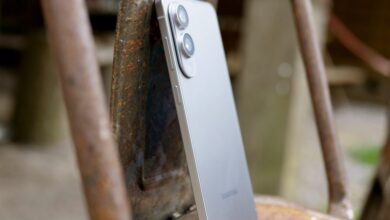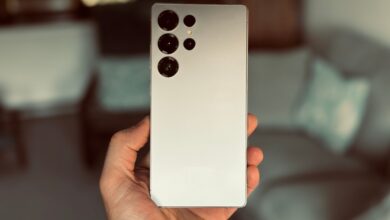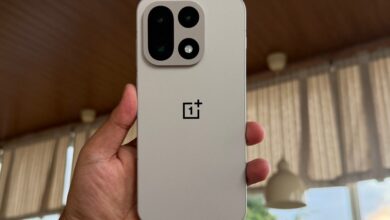Elevate Your Hikes: AllTrails Unveils AI-Powered Peak Tier!

AllTrails Introduces New Premium Membership: Peak
Overview of AllTrails
As its debut in 2010, AllTrails has become a leading app for outdoor lovers worldwide. Today, over 50 million users rely on it for their adventures.
Launch of the Peak Membership
AllTrails recently unveiled a new premium membership called “Peak.” This plan aims to enhance the experience for members by offering advanced mapping, planning tools, and features to use while on trails.
Features of the Peak Plan
The Peak membership includes top-tier features that allow users to customize their outdoor experiences. Members can create routes tailored to their preferences during both planning and actual trail use.
Custom Route Creation with AI
One standout feature is the AI-driven custom route creation. Users can design routes from scratch by selecting starting and ending points along with any attractions they wish to visit. once a basic route is established, smart routing options help refine it further. Choices include making the route shorter, reducing elevation gain, or opting for more scenic paths.
Real-Time Trail conditions
Peak also offers detailed information about current trail conditions and forecasts. This includes weather updates and insect activity reports.Additionally,there’s a community heatmap that shows how popular certain trails are among users.
Outdoor Lens Feature
an exciting upcoming feature is called Outdoor Lens. This tool uses AI technology to help identify various plants and trees along your journey, enhancing safety and personalization during outdoor activities.
Commitment from AllTrails Team
Ivan Selin, chief product officer at AllTrails, expressed confidence in this new offering: “Our members trust us to keep improving AllTrails so they can enjoy their time outdoors.” He noted that Peak was developed based on feedback from users who wanted specific features combined with fun elements powered by advanced technology.
Availability of Peak Membership
The new Peak membership will be available soon for select members before its full launch in June as part of AllTrails’ Summer Update for 2025.
Pricing Structure
For U.S.-based users interested in upgrading to this premium tier, the cost will be $80 per year—significantly higher than the Plus plan priced at $36 annually.
Early Access Registration
AllTrails has set up a dedicated webpage where potential members can learn more about what Peak offers and sign up for early access if they wish to upgrade sooner rather than later.
Existing Membership Tiers
Peak joins two other tiers: Plus and Base. The Plus plan allows offline exploration with downloadable maps of trails and parks while providing alerts if you take a wrong turn or want 3D previews of trails.It also enables real-time sharing of trail activities among friends or family members who may join you on your adventures.
Conversely, Base is free but still provides access to an extensive library featuring over 450,000 global trails along with community reviews and navigation tools while out on those paths.
whether your looking for basic navigation or advanced planning tools tailored specifically thru AI technology like custom routing options or real-time updates about conditions ahead—AllTrails continues evolving its offerings based on user needs while ensuring everyone enjoys nature safely!





